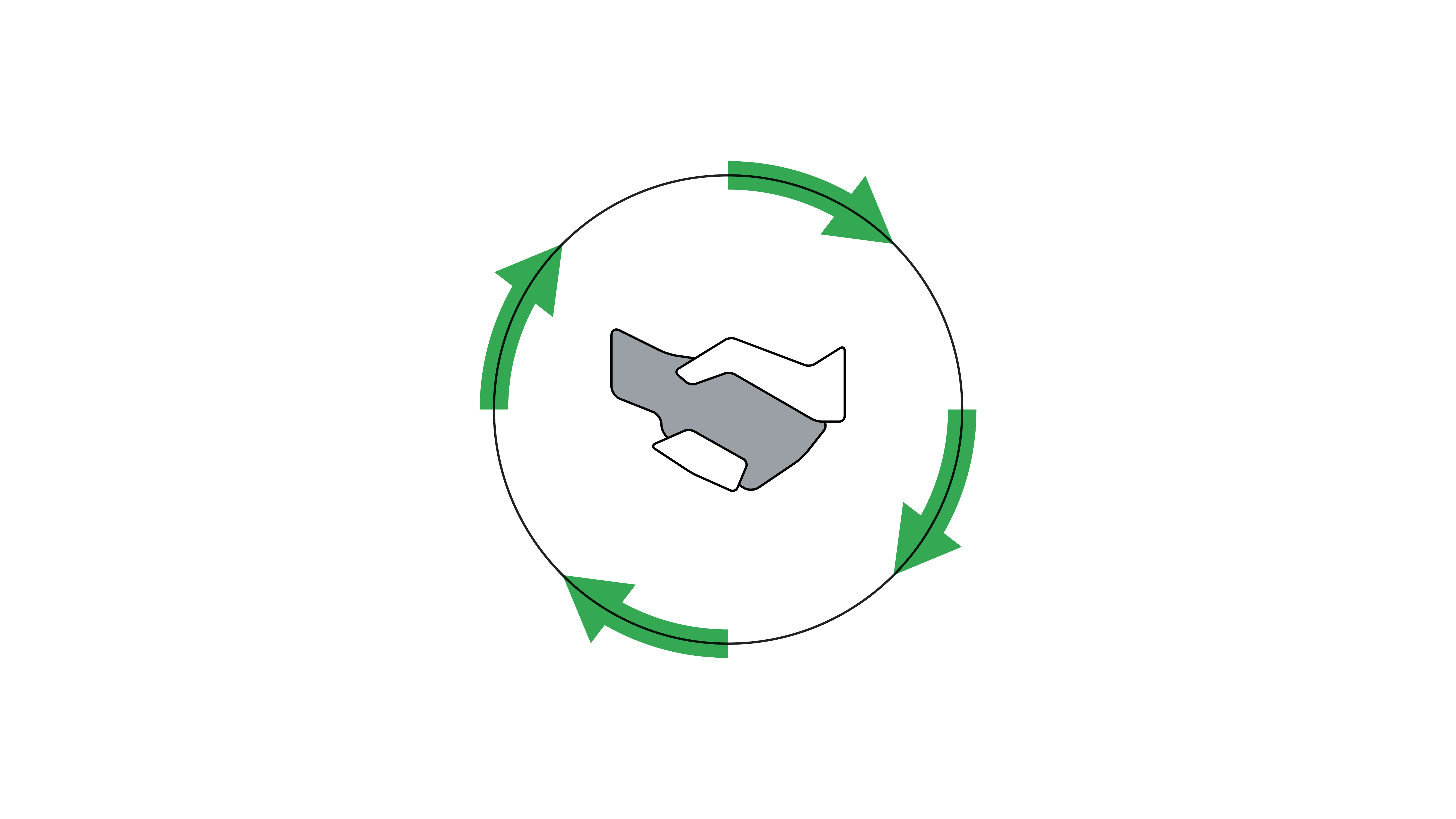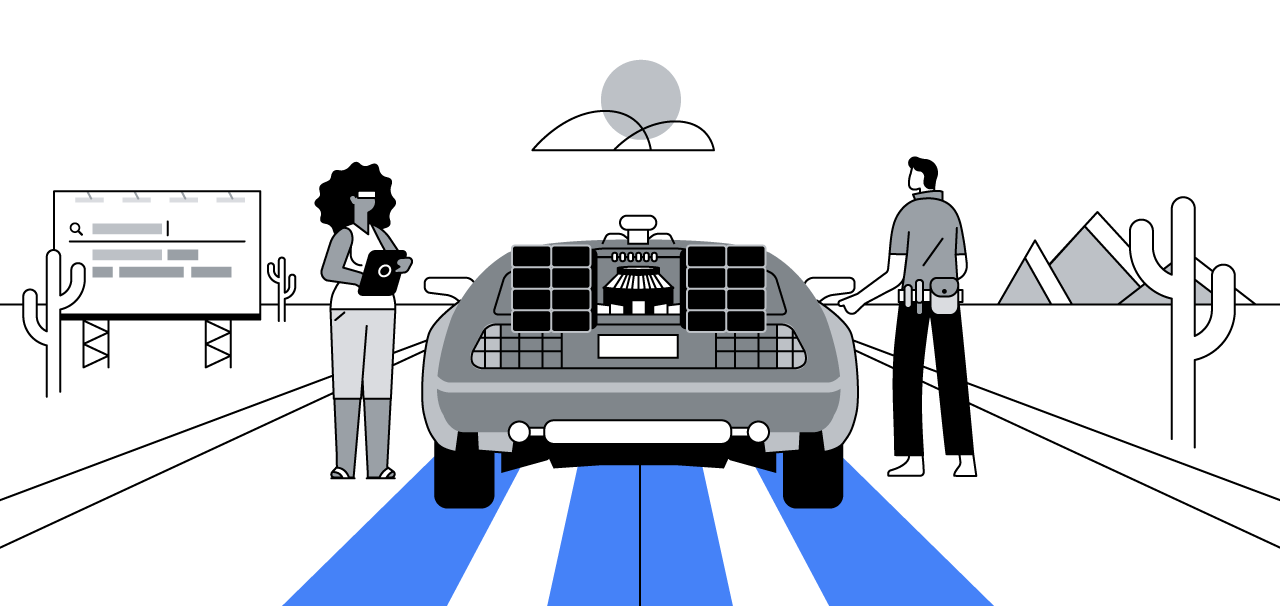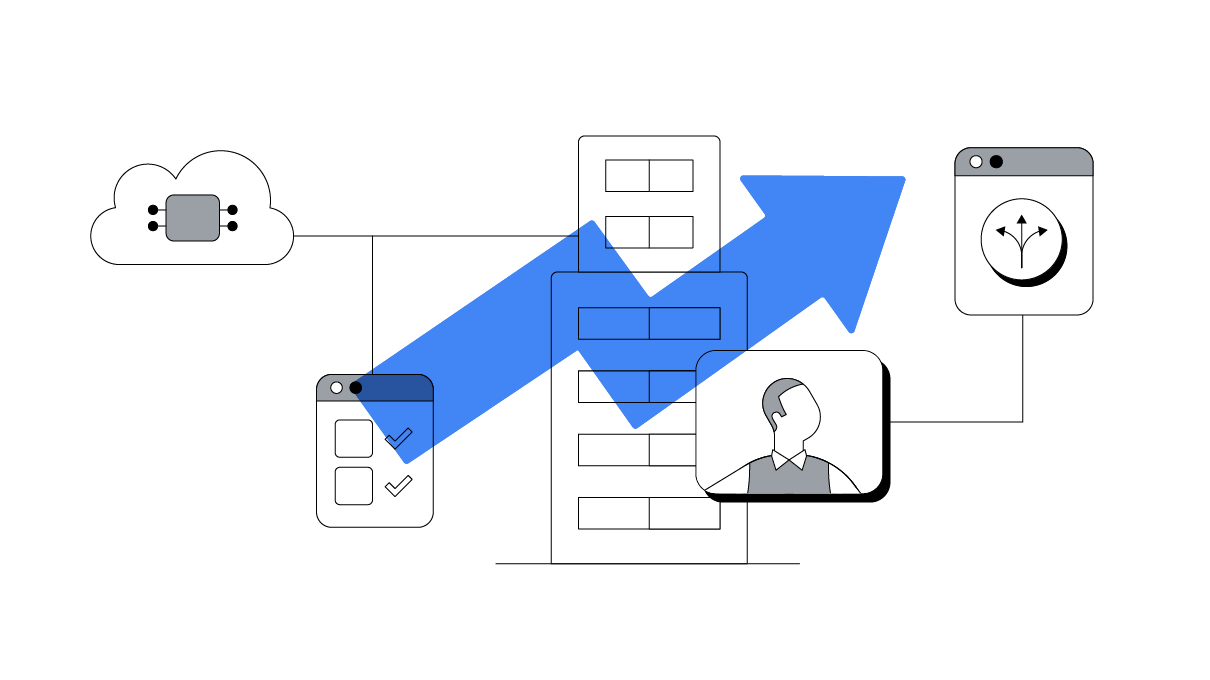In uncertain times, businesses that adjust and adapt will have an advantage over those that don’t. In today’s environment, this means that strategies — or even campaigns that were planned some time ago — may have to be altered or shelved.
During Digital Agility Week, marketers could learn key skills to become more digitally agile — and I’m sharing three key things they can do to solve the core challenges their businesses are facing right now.
1. Be helpful: respond quickly to new customer needs
When faced with uncertainty, consumers often look to brands to bring back a sense of normalcy; they want helping moving forward with assurance. In fact, 77% of consumers say brands should talk about how helpful they are in the new everyday life.1
While not every brand can offer stay-at-home fitness solutions or bread recipes, it’s still crucial for them to respond quickly to new consumer demands. To do this effectively, the first step is to gain a comprehensive understanding of your customers’ needs. This can be achieved by using surveys, or generating data from your customer analytics. However you uncover your customers’ motivations, if you can point to what influences their behaviour, an action plan will naturally follow.
Having a strong grasp of what your customers need will significantly improve the quality of your ad campaigns and, ultimately, your bottom line. Organisations that use customer behavioral insights outperform their peers by 85% in sales growth and by 25% in gross margin.2
2. Be personal: deliver more meaningful messages
Four in five consumers are more likely to make a purchase when brands offer a personalised experience.3 With billions of searches happening on Google every single day, each of them with a different motivation and context, it’s becoming increasingly crucial for brands to offer personalisation at scale.
This means using first party data. Research by Boston Consulting Group shows marketers believe first party data to be critical in understanding consumer behaviour, segments, and trends. It allows you to deliver more tailored and meaningful messages , and to measure effectiveness at multiple touchpoints along the customer journey.4
With market dynamics rapidly shifting, any personalisation you offer must also be reflective of the current landscape. Machine learning and automation will help you automatically reach additional audiences and fine tune messages, which can bring up to 30% more conversions against the same average return-on-investment (ROI).5
3. Be creative: take a fresh approach to your marketing
With campaigns needing constant reassessing in dynamic times, marketers have to discover new ways of being creative. It’s no longer just about content; context is equally important. Where an image of a customer and business owner in close proximity was once the norm to demonstrate trust, it feels inappropriate to show that level of intimacy in an era of social distancing.
If your existing creative elements are no longer suitable, you have a unique opportunity to try something new and become more flexible in your approach. YouTube viewing time, for example, is up across the board in Europe; now could be the time to create content specifically with online video in mind.
75% of advertising impact is determined by creative quality7 Therefore, exploring new efforts should also carry into your online stores, digital campaigns, and user experience. For example, you should be ensuring that your site does not take too long to load, and that your checkout process is optimised. You do not want to lose customers at the final hurdle after putting in the effort to bring them to your site in the first place.
To get started with each of these topics and learn more about how being digitally agile can help you adjust and adapt in times of uncertainty, watch videos on-demand with experts on Search, Display, and more which were first broadcast as part of Digital Agility Week.
Best of luck in your path forward and remember, those that can best adapt will thrive.





